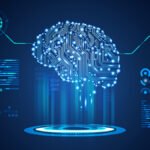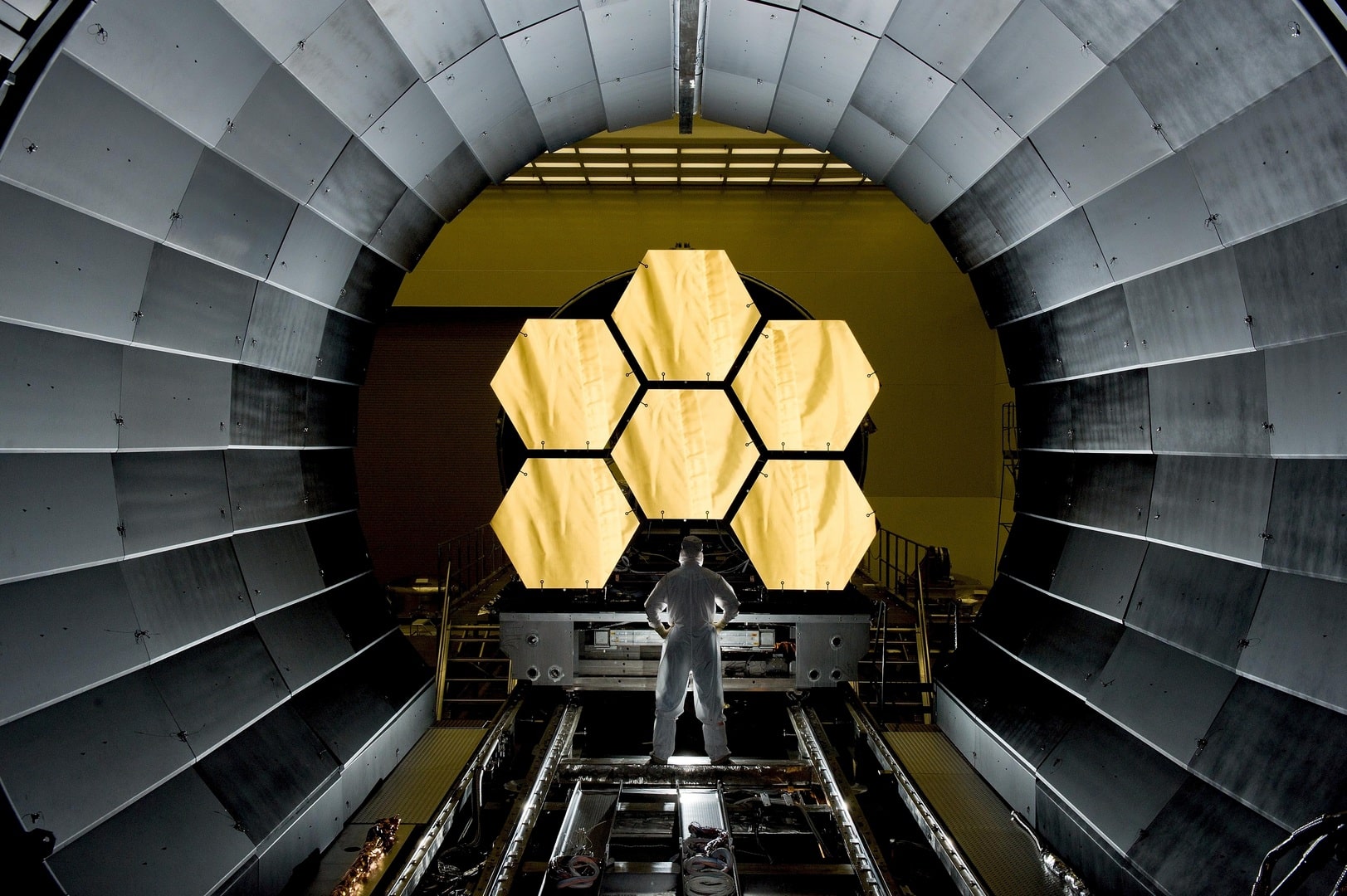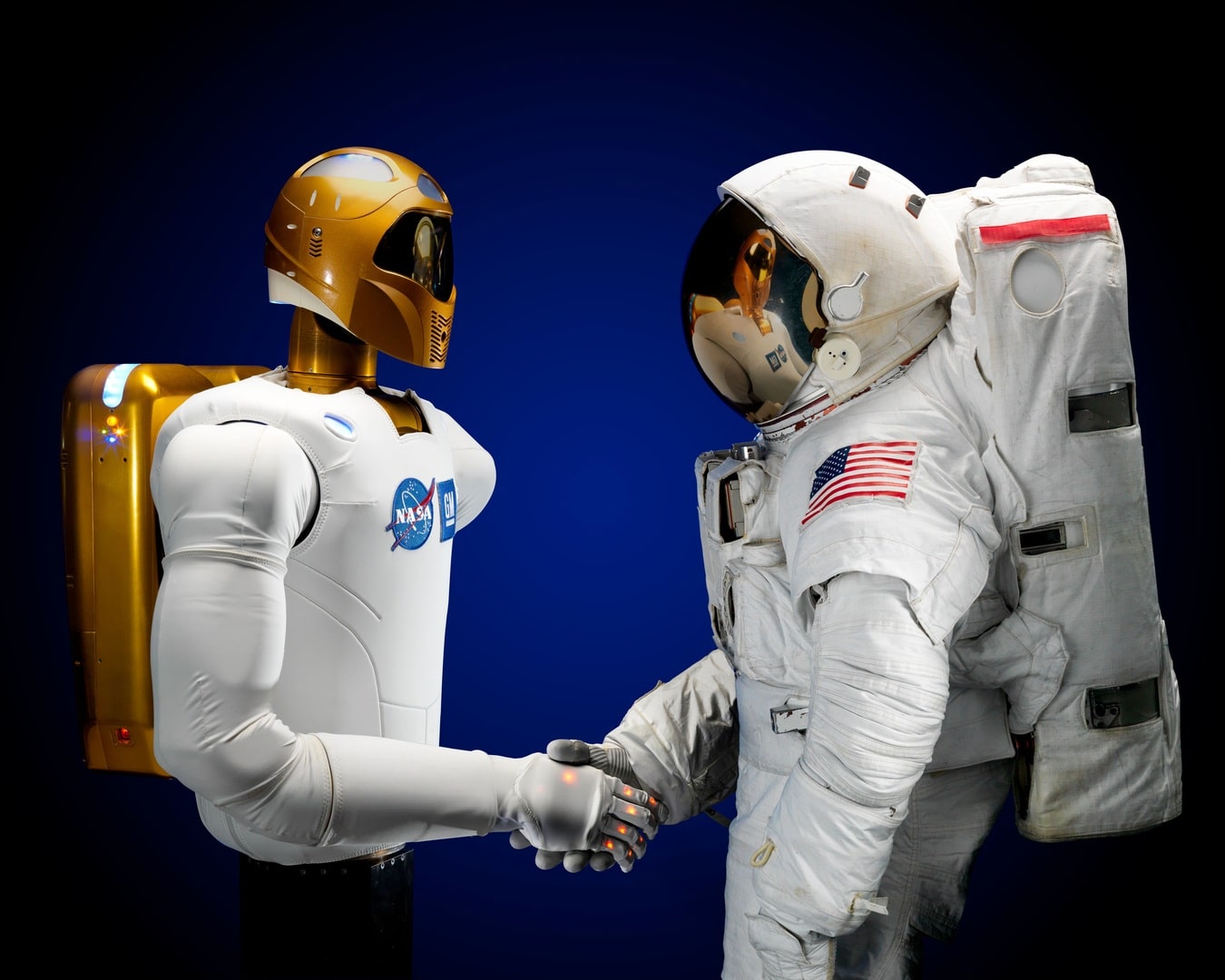AI in Speech Recognition: Improving speech recognition and transcription with AI algorithms.
In the modern era, technology has taken monumental strides, transforming various aspects of our lives. One such domain that has seen remarkable progress is speech recognition and transcription, thanks to the integration of cutting-edge Artificial Intelligence (AI) algorithms. In this blog, we will delve into how AI algorithms are revolutionizing speech recognition and transcription, exploring their mechanisms, benefits, and potential applications.
The Power of AI in Speech Recognition
Speech recognition technology has come a long way since its inception, with AI algorithms playing a pivotal role in its advancement. Traditional speech recognition systems relied on rule-based methods and statistical models, which often struggled to accurately understand complex speech patterns and accents. However, AI algorithms, particularly deep learning models like neural networks, have transformed this landscape by enabling computers to learn and adapt from vast amounts of data.
Neural networks, a subset of AI algorithms, have proven to be especially effective in speech recognition. Through a process known as training, these networks analyze massive datasets containing audio recordings and corresponding transcriptions. As they process more data, they learn intricate patterns and nuances, allowing them to predict and transcribe speech with remarkable accuracy. Recurrent Neural Networks (RNNs) and Convolutional Neural Networks (CNNs) are some examples of neural network architectures that have been successfully applied in speech recognition tasks.
The Role of AI in Transcription
Transcription, the conversion of spoken language into written text, is another area where AI algorithms are making significant strides. Manual transcription can be time-consuming and prone to errors, especially when dealing with large volumes of audio content. AI-powered transcription solutions offer a faster and more accurate alternative.
Automatic Speech Recognition (ASR) systems, powered by AI, have demonstrated their ability to transcribe spoken words into text with impressive precision. These systems leverage deep learning architectures to handle a wide range of accents, dialects, and languages. They adapt over time, continually improving their accuracy as they encounter more diverse speech patterns. ASR technology finds applications in various fields, including transcription services for content creators, real-time captioning for the deaf and hard-of-hearing, and efficient data entry in sectors like healthcare and legal documentation.
Benefits of AI Algorithms in Speech Recognition and Transcription
- Enhanced Accuracy: AI algorithms have significantly improved the accuracy of speech recognition and transcription systems. Neural networks can learn intricate patterns, leading to more precise results even in challenging scenarios.
- Adaptability: AI-powered systems can adapt to different speakers, accents, and languages, making them versatile and applicable in diverse settings.
- Efficiency: Automated transcription powered by AI algorithms reduces the time and effort required for manual transcription, boosting overall productivity.
- Accessibility: Real-time captioning and transcription services contribute to greater accessibility, ensuring that information is available to a wider audience, including individuals with hearing impairments.
- Scalability: AI algorithms allow for easy scalability, making it possible to process and transcribe large volumes of audio content quickly.
Applications Beyond Speech Recognition
The impact of AI algorithms in speech recognition and transcription extends beyond these core functionalities. As technology continues to evolve, we can expect to see advancements in areas such as emotion recognition, sentiment analysis, and even personalized voice assistants that understand context and user preferences more accurately.





























